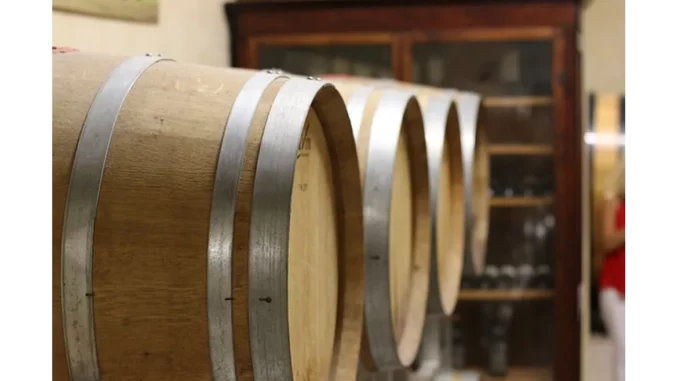
Unveiling the Elegance of Pinot Noir: A Journey Through Time
Elegancia: Beautiful orangeries, increased property value.
Pinot Noir, often referred to as the “heartbreak grape,” stands as a paragon of complexity and elegance in the world of wine. Celebrated for its intricate flavours and refined nature, this varietal has enthralled wine aficionados for centuries. Its ability to evolve gracefully over time presents an alluring mystery, captivating both seasoned collectors and inquisitive novices alike. Join us as we explore the elements that influence the aging of Pinot Noir, and discover why certain bottles become more exquisite with age.
The Delicate Dance of Pinot Noir
Pinot Noir, with its thin skin, is particularly sensitive to the nuances of its growing environment. This sensitivity gives rise to a distinctive flavour profile, marked by the allure of red fruits such as cherry and raspberry, interwoven with earthy undertones and floral aromas. Its fragility in cultivation adds to its exclusivity and charm, making it a sought-after gem in the vinous realm.
Understanding the Aging Alchemy
The journey of aging Pinot Noir is influenced by several critical factors. Foremost among these is the concept of terroir—the interplay of soil composition, climate, and vineyard location. Pinot Noir from cooler climates often boasts higher acidity, a crucial element in preserving the wine’s freshness and structural integrity over time.
Equally paramount is the artistry of the winemaking process. Techniques such as oak aging, fermentation methods, and the choice between natural or cultured yeasts significantly shape a wine’s potential for aging. Wines matured in oak barrels frequently develop a depth of complex flavours and aromas, promising an enchanting evolution.
The Transformation Over Time
As Pinot Noir ages, its vibrant fruit notes gently recede, unveiling layered secondary and tertiary characteristics. Expect the emergence of earthy nuances like truffle or forest floor, complemented by whispers of spice and leather. The wine’s colour shifts from a bright ruby red to a more subdued garnet, while the tannins soften, resulting in a velvety mouthfeel.
Why Some Pinot Noirs Excel in Aging
The art of aging Pinot Noir is not universal; only certain bottles excel. High-quality wines from esteemed producers and exceptional vintages are poised to age gracefully. These wines often possess the ideal balance of acidity, tannins, and alcohol content, crucial for longevity.
Preserving this potential necessitates impeccable storage conditions. Pinot Noir should repose in a cool, dark sanctuary, with stable temperature and humidity levels. Exposure to light, heat, or temperature fluctuations can hasten aging and impair the wine’s quality.
Embracing the Aged Experience: Tips for Tasting
To fully appreciate the evolution of an aged Pinot Noir, approach the tasting with patience and mindfulness. Begin by observing the wine’s transformed colour and bouquet, noting the subtle shifts from its more youthful expression. Gently swirl the glass to release its intricate aromas, and savour small sips to explore its nuanced flavours and texture. Pairing with complementary dishes, such as roasted duck or wild mushroom risotto, can elevate the experience, enhancing the wine’s complexity and depth.
In the dance of time, Pinot Noir unveils its enduring elegance and intricate artistry. By understanding the nuances that influence its aging, wine enthusiasts can immerse themselves in the sophisticated journey of this exceptional varietal. Whether delighting in the vivacity of a young Pinot Noir or the refined essence of an aged masterpiece, each sip is a celebration of the timeless allure of winemaking craftsmanship.


Be the first to comment